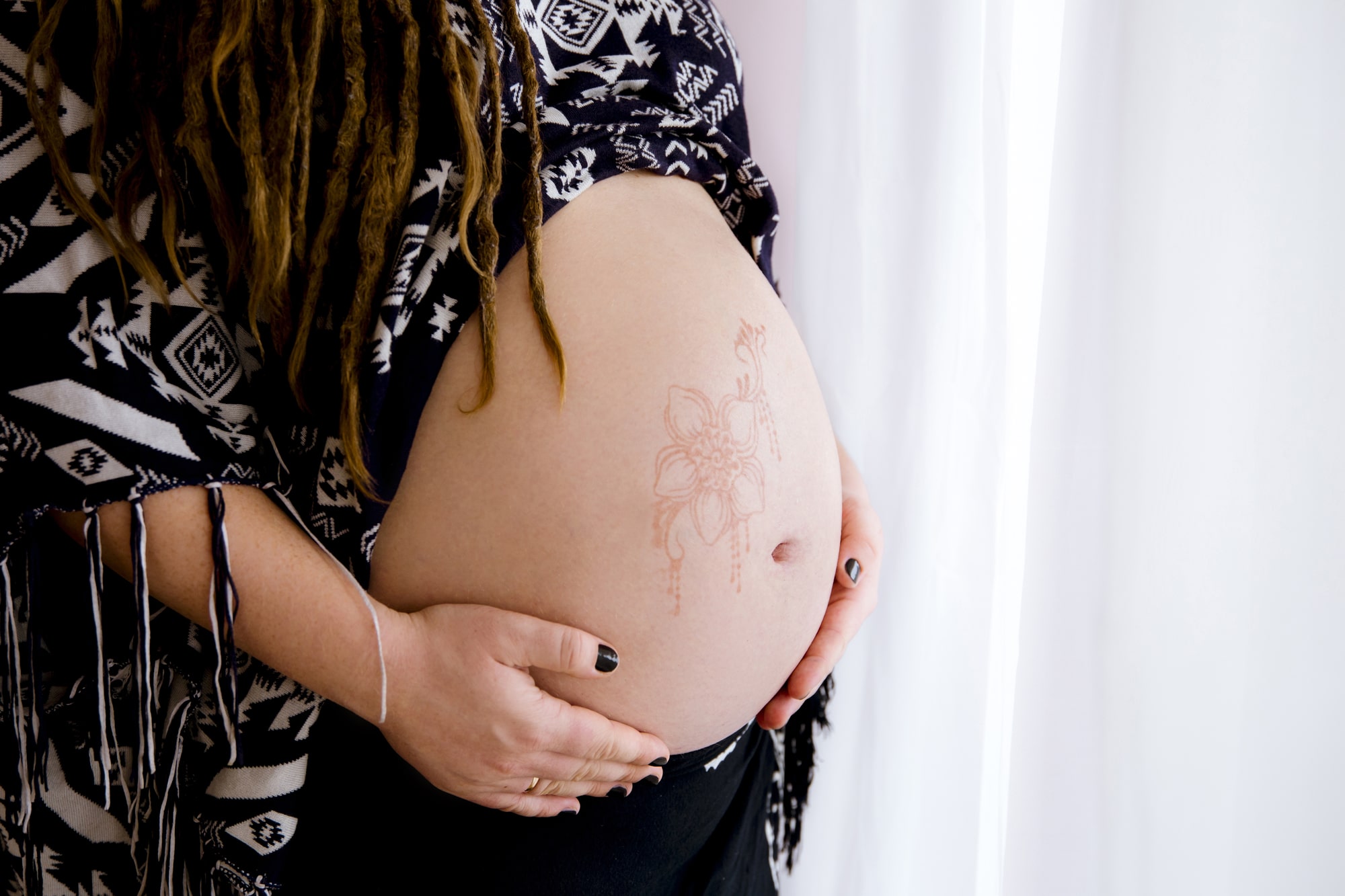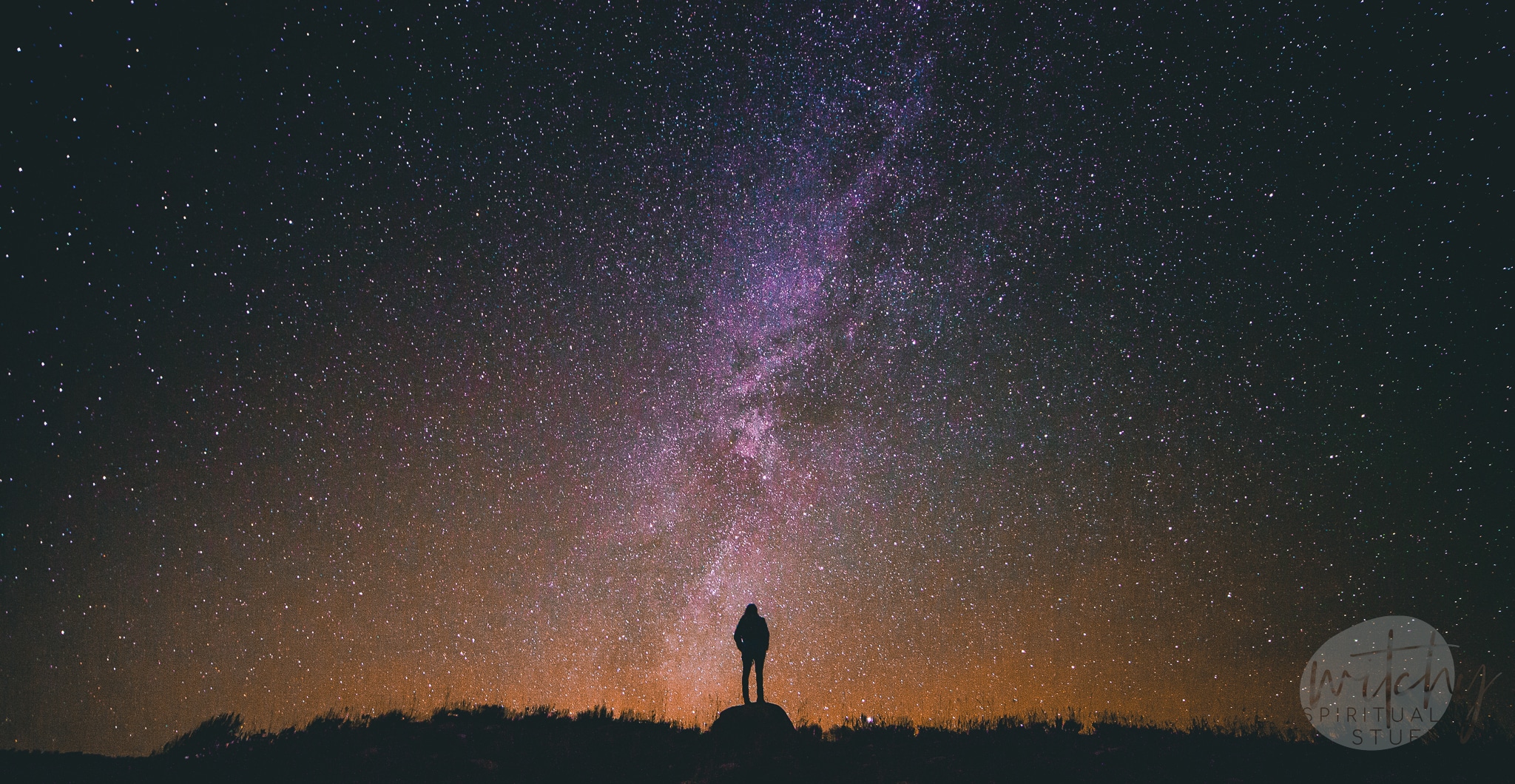The Evolution of Witchcraft: Traversing Centuries from Antiquity to Present Day
Witchcraft is a fascinating subject that has bewitched the human psyche for thousands of years.
Table of Contents
The Birth of Witchcraft in Ancient Civilizations
The story of witchcraft begins in the mists of prehistoric times. The concept of witchcraft, then broadly recognized as the use of supernatural or magical powers, can be traced back to the Paleolithic period when shamans performed rituals to connect with spiritual realms.
The Mystical Shamans: The Prehistoric Roots of Witchcraft
Shamans were considered intermediaries between the human world and the spirit world. Their practices included communicating with animal spirits, predicting the future, healing illnesses, and controlling weather events, which in many ways mirrored the witchcraft of later eras.
Cave paintings in France, such as those in Lascaux, offer a glimpse into the shamanistic rituals of these early human societies.
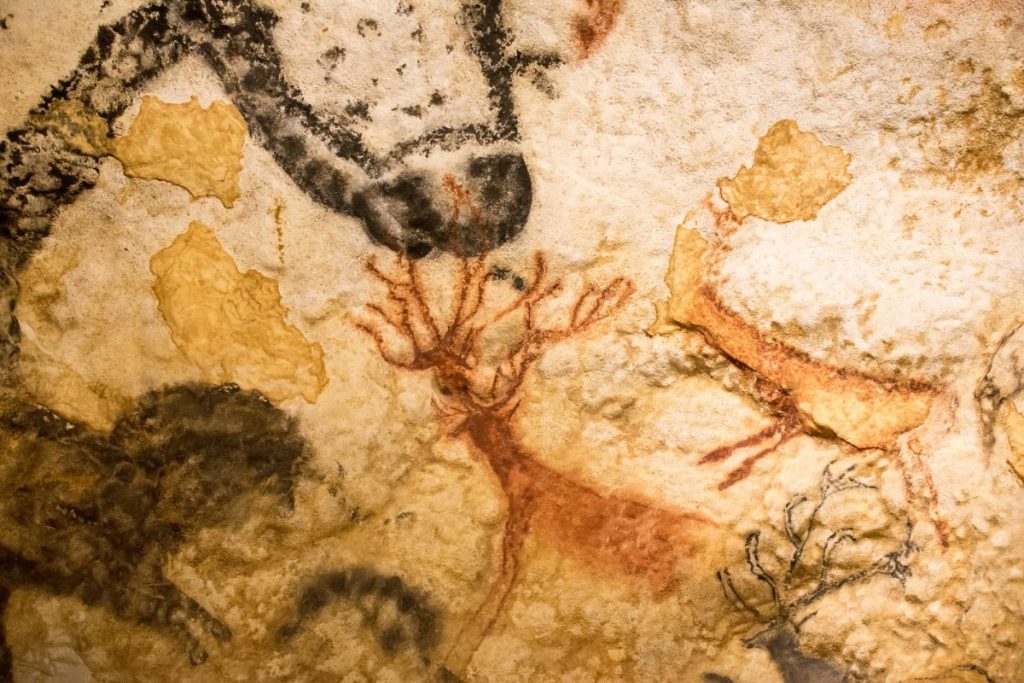
Egyptian Magic: The Powerful Priestesses and Priests
In ancient Egypt, magic was an integral part of everyday life. Priests and priestesses were revered as magicians, capable of invoking deities and harnessing the power of spells, potions, and talismans.
Magic in ancient Egypt wasn’t associated with evil, but was rather a powerful tool to protect and guide the living and the dead.
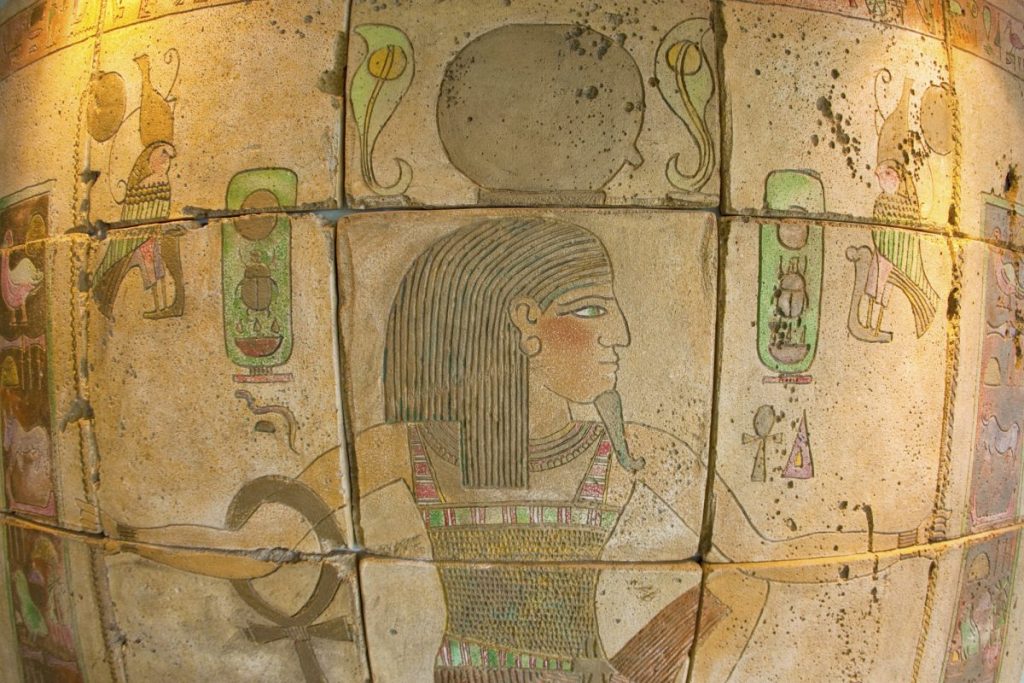
Witchcraft in Classical Antiquity: From Greece to Rome
Moving forward into the classical age, the concept of witchcraft became more defined and, in some societies, feared.
Greek Mythology and Magic
The ancient Greeks had their version of witches, with figures like Circe and Medea, enchantresses who captivated audiences with their magical abilities in Homer’s and Euripides’ works.
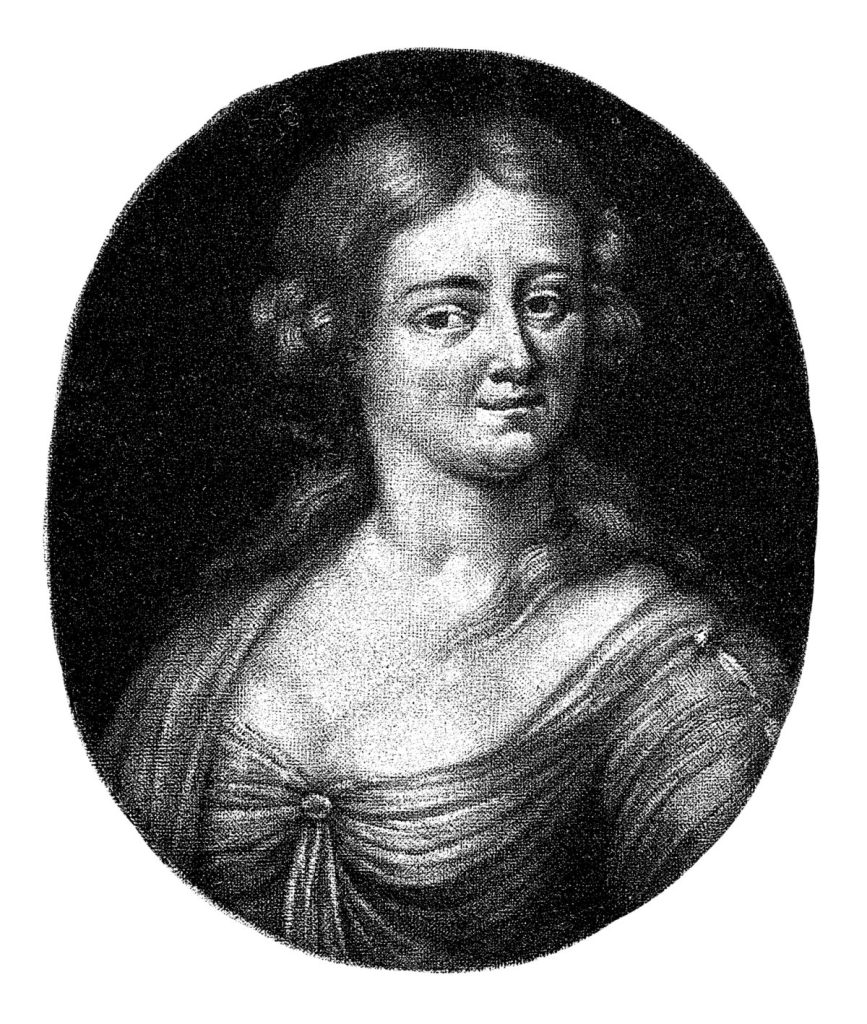
However, witchcraft was not formally institutionalized within the Greek religious system; instead, it was typically associated with women who used herbs and potions to cast spells or curse individuals.
Roman Witches: The Intersection of Fear and Fascination
The Romans, too, had a complicated relationship with witchcraft. Magic was widely practiced, with love spells, divination, and curse tablets being commonplace.
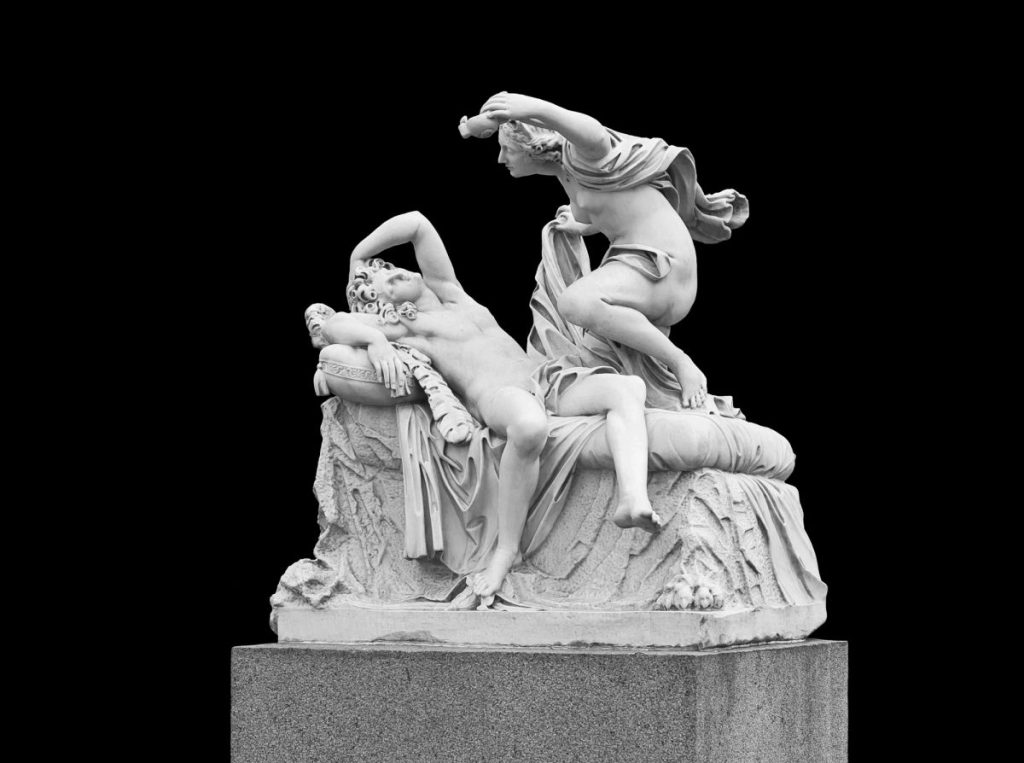
However, there was a significant fear of harmful magic or ‘malefica’. High-profile witch trials such as that of Apuleius, accused of using magic to win his wealthy wife, showcased this deep-seated fear.
The Dark Ages: The Christianization of Witchcraft
The spread of Christianity in Europe during the Middle Ages changed the perception of witchcraft drastically.
What was once accepted or revered turned into a symbol of evil.
The Demonization of Witches
The Church began associating witchcraft with devil worship, branding witches as heretics. The infamous “Malleus Maleficarum” (Hammer of Witches) published in 1487, became a manual for identifying and persecuting supposed witches.
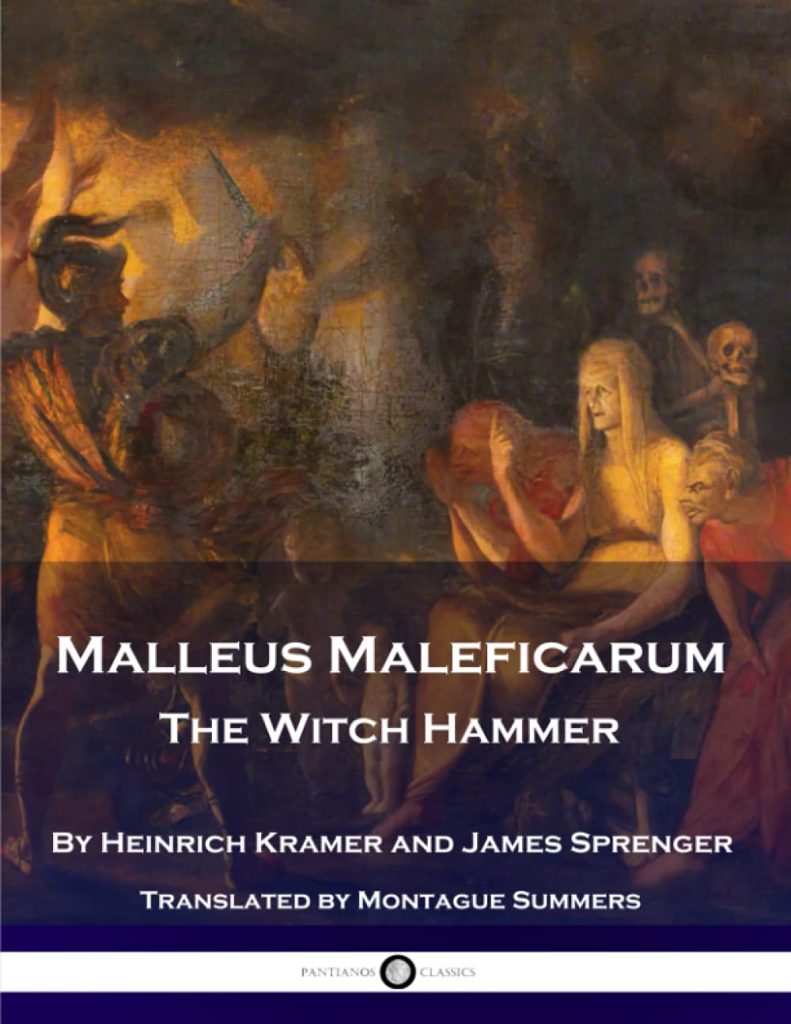
This period was marked by widespread paranoia and the tragic witch hunts that led to thousands of innocent people being executed.
Witch Trials: The Burning Times
From the 15th to the 17th century, Europe and the American colonies were gripped by a frenzy of witch trials. This period, often referred to as “The Burning Times,” was marked by mass hysteria, fear, and accusations.
The Salem Witch Trials: An American Nightmare
The Salem Witch Trials in 1692 remain one of the most infamous instances of mass hysteria and injustice. Accusations of witchcraft led to the execution of twenty people and the imprisonment of many more. The trials have since become a symbol of paranoia and the dangerous consequences of false accusations.
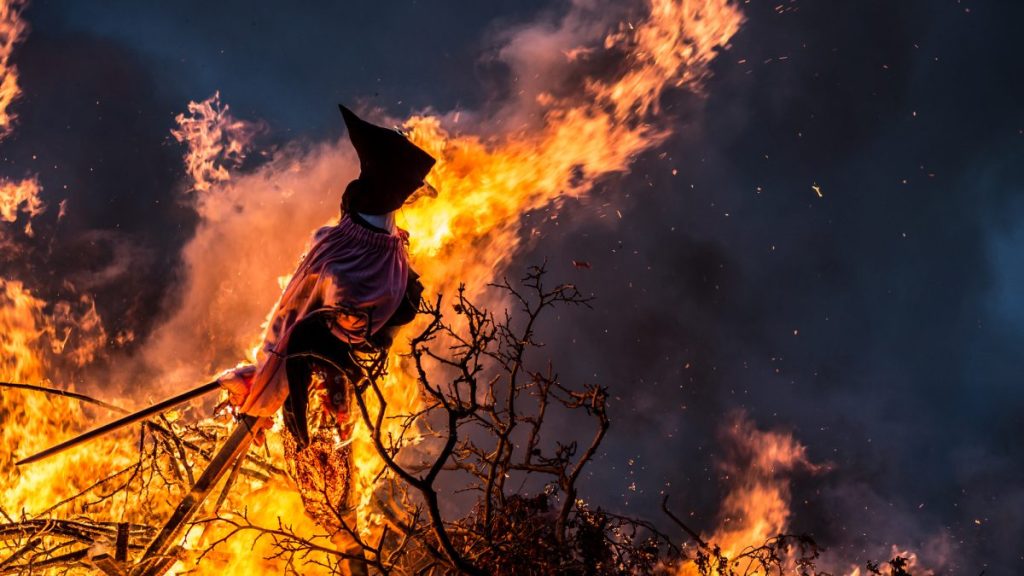
The Enlightenment: The Decline of Witch Trials
The Age of Enlightenment in the 18th century ushered in a more rational and scientific approach to the world, leading to a decline in witch trials and changing attitudes towards witchcraft.
A Rational Turn: Witchcraft as Folklore
The belief in witches and witchcraft didn’t disappear entirely but took a turn towards folklore. Many customs and rituals associated with witchcraft survived among rural populations, but they were largely dismissed as superstitions by the enlightened elites.
Modern Witchcraft: From Wicca to Pop Culture
In the 20th century, witchcraft saw a resurgence and rebranding, becoming a symbol of female empowerment and spirituality.
Wicca: The Rebirth of Witchcraft
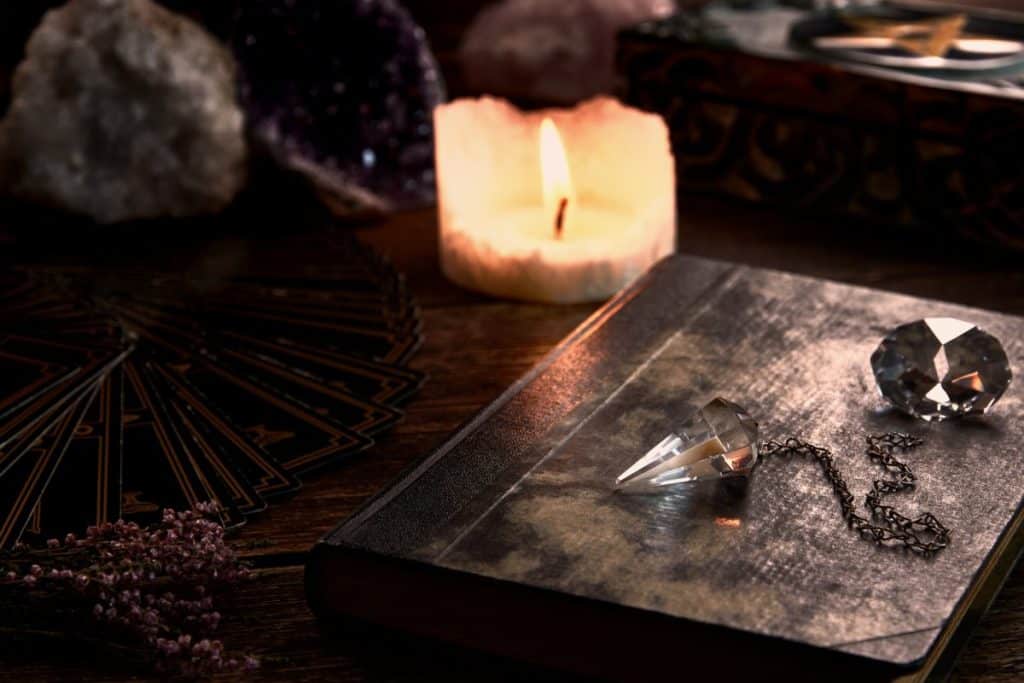
In the mid-20th century, Gerald Gardner founded Wicca, a modern pagan witchcraft religion. Wicca honors the Goddess, respects nature, and practices ritual magic.
Today, it’s one of the fastest-growing religions in the U.S and the U.K, reflecting a broader acceptance and re-embrace of witchcraft.
Witchcraft in Pop Culture
Witchcraft has also bewitched popular culture. From the Harry Potter series to TV shows like “Charmed” and “The Chilling Adventures of Sabrina,” witches have become compelling figures representing power, rebellion, and wisdom.
Witchcraft Today: A Flourishing Movement
Today, witchcraft is flourishing as never before. The internet and social media platforms like TikTok have become vital tools for modern witches, allowing them to connect, share spells, and advocate for social justice issues.
Witchcraft: A Tool for Empowerment
Modern witchcraft is seen by many as a tool for empowerment, self-development, and resistance against patriarchal structures. For many practitioners, being a witch is about reclaiming control over one’s life and embracing a deeply personal spirituality.
In conclusion, the history of witchcraft is a captivating journey that reflects humanity’s timeless fascination with the mystical and the unknown. It’s a tale that continues to unfold, forever entwining the threads of mystery, fear, reverence, and empowerment.
So, here we are, at the end of our magical journey through the ages. From the shamanistic practices of our ancestors to the thriving modern witchcraft movement, the essence of witchcraft remains the same: a quest for connection with something greater than ourselves, a desire to influence our world, and a deep respect for the mysteries of the universe.
In understanding this history, we better understand ourselves and the world we inhabit.

